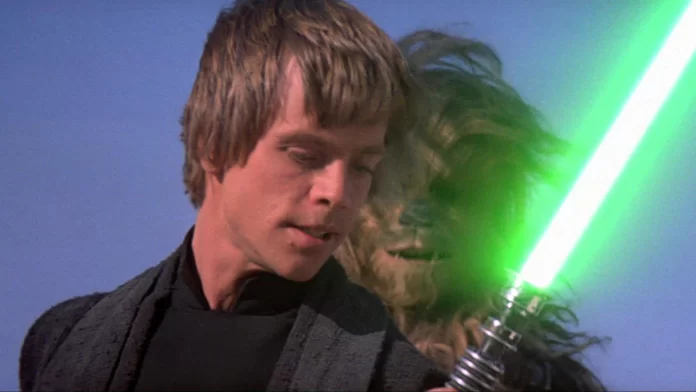The Star Wars franchise has captivated audiences around the world for over four decades, with its epic space battles, memorable characters, and rich mythology. One of the key elements that has helped to make the franchise so enduring is the talented filmmakers who have brought the stories to life on the big screen. In this article, we will explore the directors who have helmed the Star Wars movies, including their backgrounds, notable works, and contributions to the franchise.
Star Wars Episode IV: A New Hope
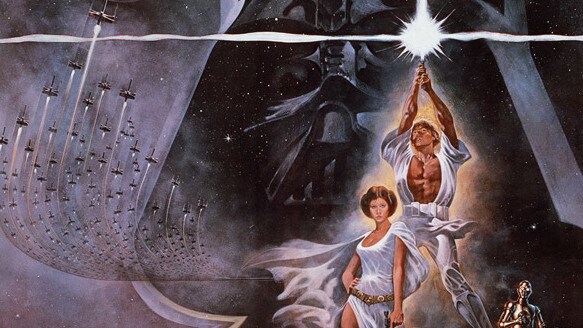
Episode IV: A New Hope was directed by George Lucas, who also wrote the screenplay for the film. The movie was released in 1977 and became an instant classic, launching a franchise that would go on to become one of the most popular and enduring in cinema history.
Lucas had previously directed two feature films, “THX 1138” and “American Graffiti,” but it was “Star Wars” that would cement his place as a pioneering filmmaker. The movie was a technological marvel for its time, featuring groundbreaking special effects, intricate world-building, and memorable characters that have become beloved icons of popular culture.
Lucas’ direction of “Star Wars” emphasized the epic scale of the story, drawing inspiration from classic mythology and science fiction to create a timeless tale of heroism, adventure, and the battle between good and evil. His meticulous attention to detail, combined with his innovative use of technology, helped to create a cinematic experience that was unlike anything audiences had seen before.
Star Wars Episode V: The Empire Strikes Back
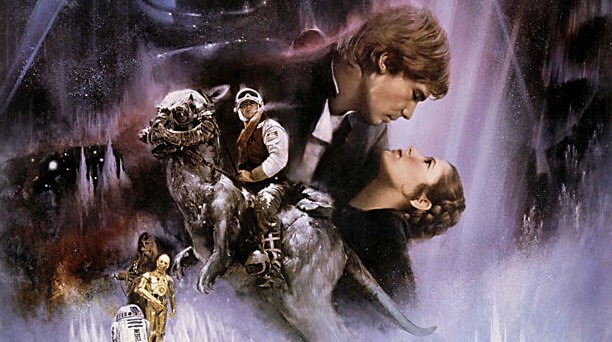
The Empire Strikes Back was directed by Irvin Kershner, with George Lucas serving as the executive producer and co-writer of the screenplay. The film stars Mark Hamill as Luke Skywalker, Harrison Ford as Han Solo, Carrie Fisher as Princess Leia, and introduces new characters such as Yoda, Lando Calrissian, and the bounty hunter Boba Fett.
Kershner’s direction of The Empire Strikes Back was widely praised for its darker, more mature tone and its exploration of the characters’ relationships and motivations. The film takes place three years after the events of the first Star Wars movie, with the Rebels now on the run from the Empire and Luke Skywalker seeking to complete his Jedi training with the help of Jedi Master Yoda.
Kershner’s direction emphasizes the intimate moments between the characters, allowing for deeper exploration of their personalities and relationships. He also showcases stunning visuals, such as the ice planet of Hoth, the city in the clouds of Bespin, and the dark and ominous cave on Dagobah. The movie also features one of the most famous plot twists in cinema history, which has since become an iconic moment in pop culture.
Star Wars Episode VI: Return of the Jedi
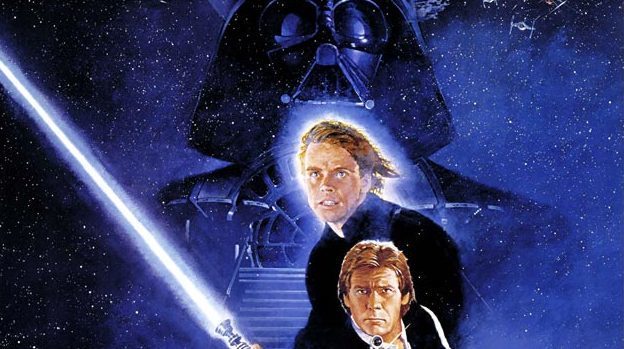
The film was directed by Richard Marquand, with George Lucas serving as the executive producer and co-writer of the screenplay. The movie stars Mark Hamill, Harrison Ford, and Carrie Fisher, with the addition of new characters such as Jabba the Hutt and the Ewoks.
Marquand’s direction of Return of the Jedi was praised for its emphasis on action and spectacle, with the climactic battle on the forest moon of Endor and the confrontation with the Emperor on the second Death Star being highlights of the film. Marquand also managed to balance the darker elements of the story, such as Luke’s struggle with the dark side, with moments of humour and warmth, such as the friendship between C-3PO and the Ewoks.
One of the most memorable aspects of Return of the Jedi is the presence of practical effects and puppetry, with the Ewoks and Jabba the Hutt being brought to life through intricate costumes and animatronics. The movie also features some of the most iconic moments in the franchise, such as the revelation of Leia’s true identity and Luke’s epic lightsaber duel with Darth Vader.
Star Wars Episode I: The Phantom Menace
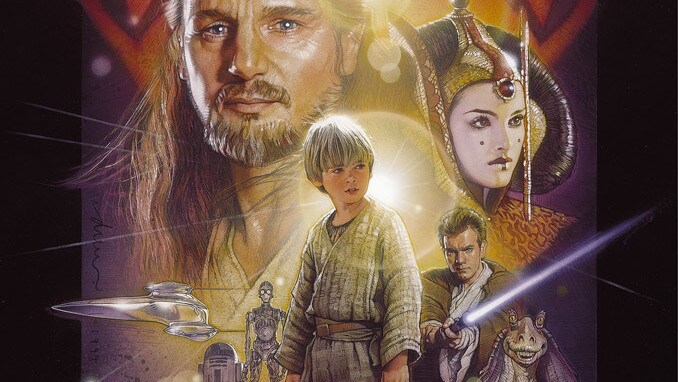
The film was directed by George Lucas, who also wrote the screenplay. “The Phantom Menace” features a cast of new characters, including Liam Neeson as Jedi Knight Qui-Gon Jinn, Ewan McGregor as his apprentice Obi-Wan Kenobi, and Jake Lloyd as Anakin Skywalker, a young slave on the desert planet of Tatooine.
Lucas’ direction of The Phantom Menace was noted for its emphasis on state-of-the-art visual effects and intricate world-building. The movie introduced new planets such as Naboo and Coruscant, and showcased iconic locations such as the underwater city of Otoh Gunga and the podracing circuit on Tatooine.
The film’s action sequences, such as the climactic lightsaber duel between Obi-Wan, Qui-Gon, and Darth Maul, were praised for their choreography and energy. However, the movie’s pacing and storytelling were criticized for being overly convoluted and lacking in character development.
Despite mixed reviews, “The Phantom Menace” was a commercial success and helped to reignite interest in the Star Wars franchise. Its innovative use of technology and world-building paved the way for the subsequent prequel films, as well as the ongoing expansion of the Star Wars universe through books, comics, and television shows.
Star Wars Episode II: Attack of the Clones
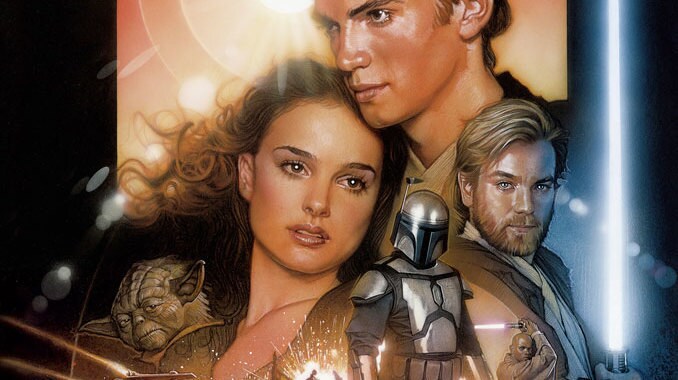
Episode II: Attack of the Clones is the second movie in the Star Wars prequel trilogy, released in 2002.
The film was directed by George Lucas, who also wrote the screenplay. Attack of the Clones” continues the story of Anakin Skywalker, now a young Jedi Padawan, as he struggles with his growing feelings for Senator Padmé Amidala while also investigating a conspiracy to assassinate her.
Lucas’ direction of Attack of the Clones was noted for its emphasis on state-of-the-art visual effects, such as the use of motion capture technology for the character of Yoda, and its exploration of the Star Wars universe during a time of political upheaval and impending war.
The movie also introduced key elements to Star Wars mythology, such as the clone army and the machinations of the Sith Lord, Darth Sidious. The film’s action sequences, such as the climactic battle on the planet Geonosis, were praised for their choreography and scale.
However, like The Phantom Menace, Attack of the Clones was criticised for its pacing and dialogue, with some critics noting the stilted romance between Anakin and Padmé as a weak point of the film.
Despite mixed reviews, “Attack of the Clones was a commercial success and helped to further expand the Star Wars universe. Its emphasis on world-building and exploration of key elements of the franchise’s mythology paved the way for the subsequent prequel and sequel films, as well as numerous spin-off novels and comics.
Star Wars Episode III: Revenge of the Sith
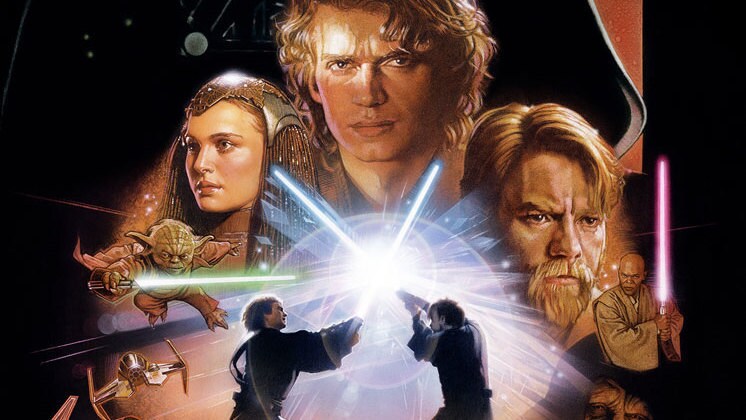
Episode III: Revenge of the Sith is the third and final movie in the Star Wars prequel trilogy, released in 2005.
The film was directed by George Lucas, who also wrote the screenplay. Revenge of the Sith chronicles the final stages of the Clone Wars and the transformation of Anakin Skywalker into the infamous Sith Lord Darth Vader.
Lucas’ direction of Revenge of the Sith was noted for its emphasis on action and drama, with the film’s climactic lightsaber duel between Obi-Wan Kenobi and Anakin Skywalker on the planet Mustafar being a highlight of the movie.
The film also explores the darker themes of the Star Wars universe, such as betrayal, corruption, and the seduction of power. The movie’s emphasis on character development and emotional resonance was praised by critics, with the relationship between Anakin and Padmé being a standout element of the film.
Revenge of the Sith also features stunning visual effects, including the creation of the iconic Death Star and the depiction of the epic space battles that conclude the Clone Wars.
Star Wars Episode VII: The Force Awakens
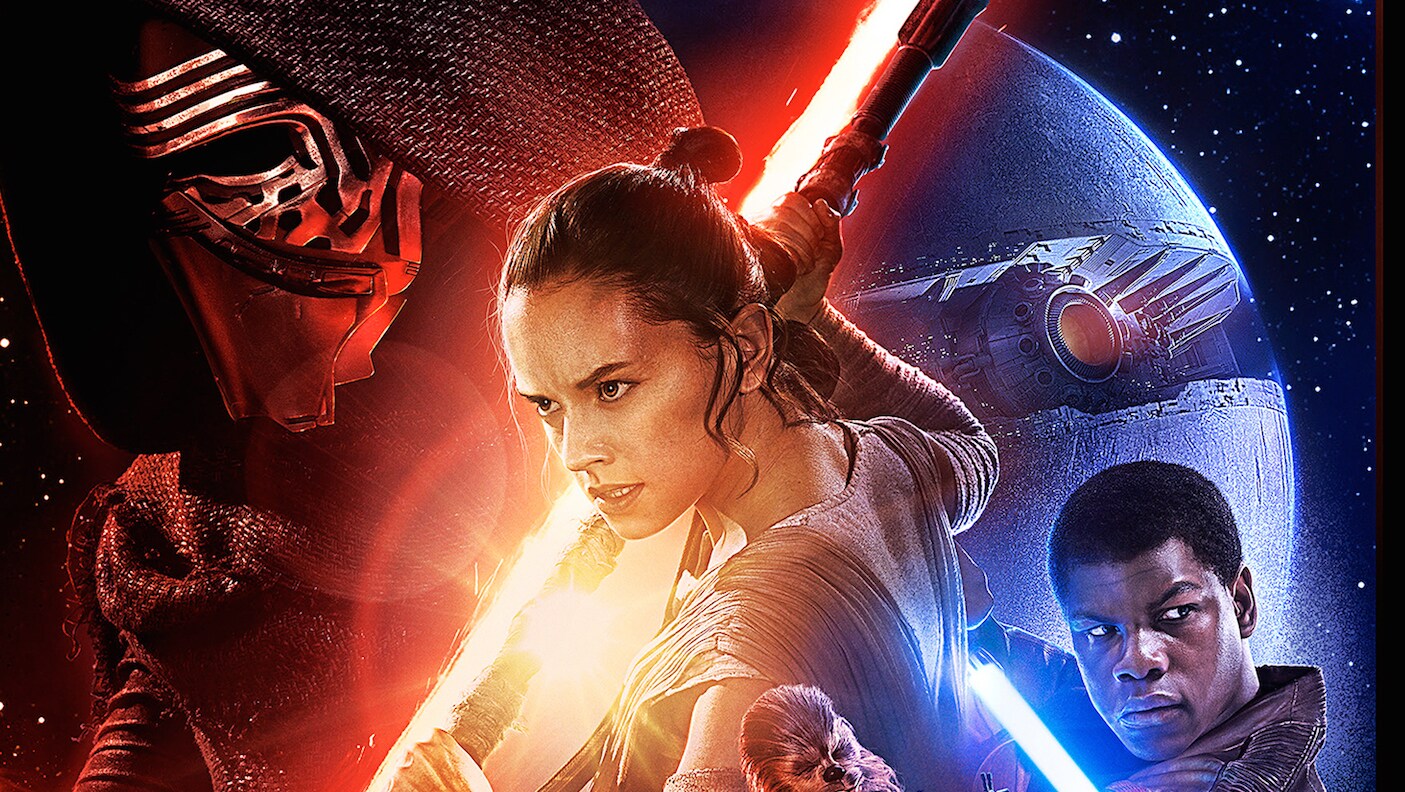
The film was directed by J.J. Abrams, who also co-wrote the screenplay with Lawrence Kasdan. The Force Awakens takes place 30 years after the events of Return of the Jedi and introduces new characters such as scavenger Rey, former stormtrooper Finn, and Resistance pilot Poe Dameron, as well as the return of beloved characters such as Han Solo, Leia Organa, and Chewbacca.
Abrams’ direction of The Force Awakens was noted for its emphasis on nostalgia and its ability to balance the introduction of new characters and storylines with callbacks to the original trilogy. The film features stunning visual effects and practical creature design, with the new planets of Jakku and Takodana being highlights of the movie.
The film’s action sequences, such as the escape from the First Order’s Starkiller Base and the lightsaber duel between Rey and Kylo Ren, were praised for their choreography and intensity. The new characters were also well-received, with Daisy Ridley’s portrayal of Rey and John Boyega’s portrayal of Finn being particular standouts.
J.J. Abrams’ direction of Star Wars Episode VII: The Force Awakens successfully relaunched the Star Wars franchise for a new generation, with its emphasis on nostalgia and well-crafted new characters and storylines paving the way for future instalments of the saga.
Star Wars Episode VIII: The Last Jedi
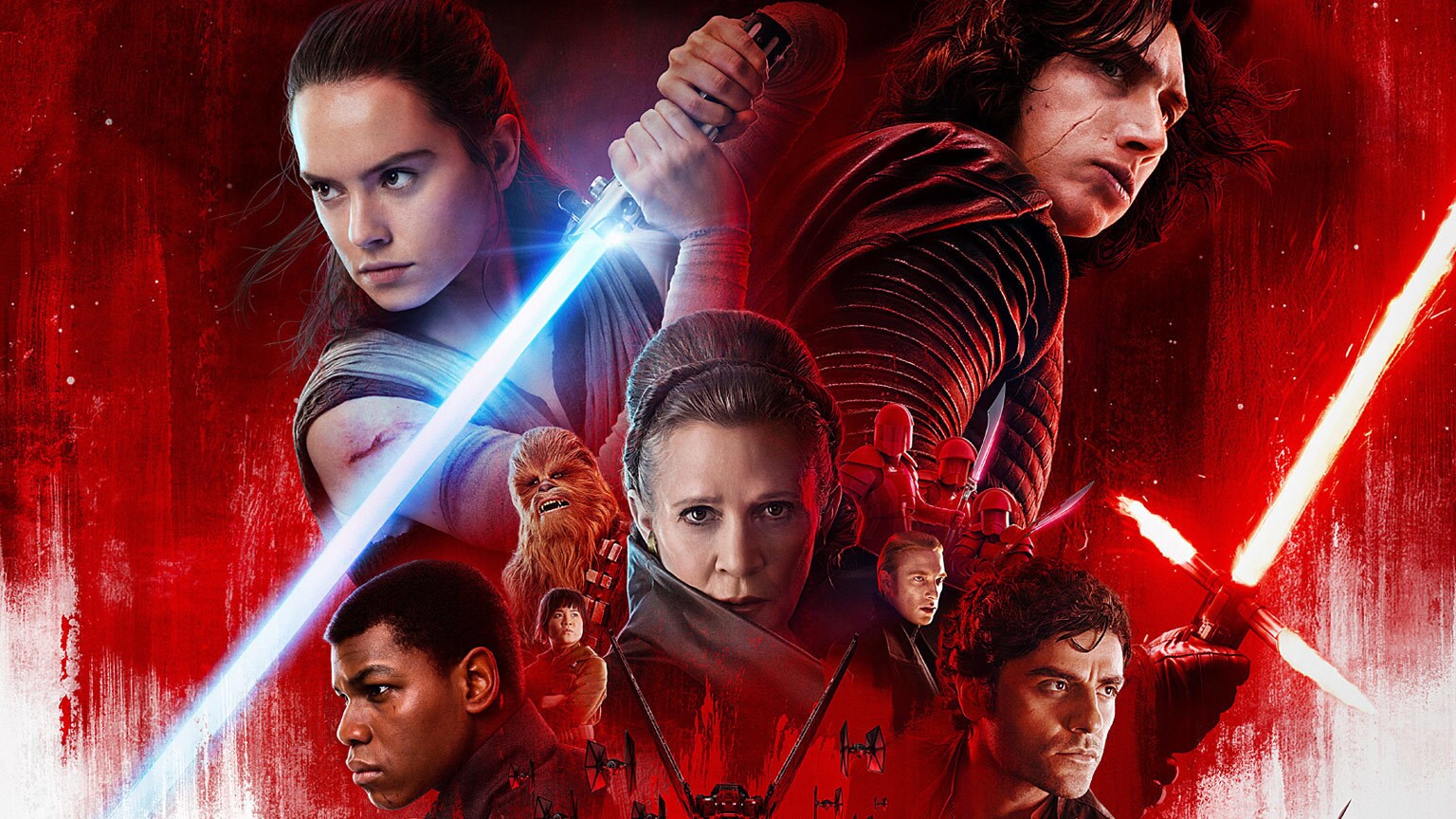
The film was written and directed by Rian Johnson. The Last Jedi continues the story of Rey, who seeks to learn the ways of the Force from the reclusive Jedi Master Luke Skywalker, while the Resistance battles against the First Order.
Johnson’s direction of The Last Jedi was noted for its subversion of expectations and its willingness to take risks with the Star Wars mythology. The film’s exploration of themes such as failure, redemption, and the nature of the Force were praised by critics and fans alike.
The movie also features stunning visual effects, including the crystal foxes of the planet Crait and the throne room battle between Rey, Kylo Ren, and the Praetorian Guard.
However, The Last Jedi was also divisive among some fans, with criticisms levelled at its treatment of certain characters and storylines.
Despite mixed reactions, Episode VIII: The Last Jedi pushed the boundaries of the Star Wars franchise with its emphasis on new themes and ideas, and its willingness to challenge established conventions of the saga.
Standalone Star Wars Films
Star Wars: The Clone Wars
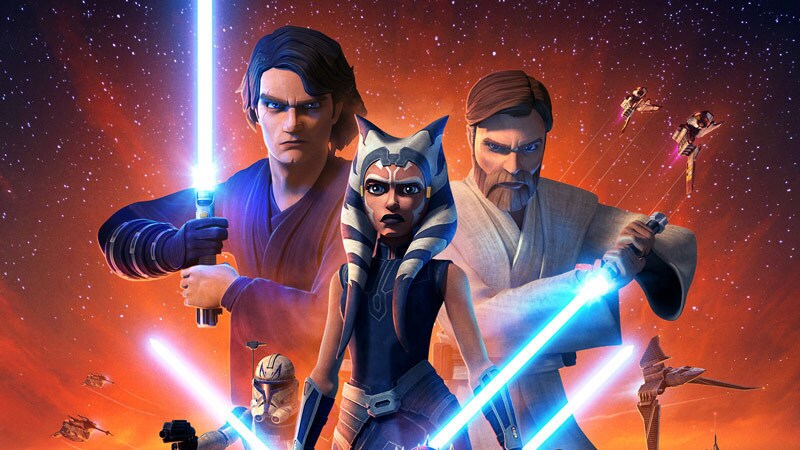
The Clone Wars is an animated feature film released in 2008. The movie serves as a precursor to the animated television series of the same name, which takes place between Attack of the Clones and Revenge of the Sith.
The film was directed by Dave Filoni and written by Henry Gilroy, Steven Melching, and Scott Murphy. It features familiar characters such as Anakin Skywalker, Obi-Wan Kenobi, and Padmé Amidala, as well as new characters such as Jedi Padawan Ahsoka Tano and gangster Jabba the Hutt.
Filoni’s direction of The Clone Wars was praised for its ability to bring the Star Wars universe to life through animation, with the use of motion capture technology for the character designs giving the film a unique visual style.
The movie’s action sequences, such as the battle on the planet Teth and the confrontation with the Separatist leader Asajj Ventress, were praised for their energy and creativity.
However, the film’s storytelling and pacing were criticized for being disjointed and lacking in emotional resonance.
Rogue One: A Star Wars Story
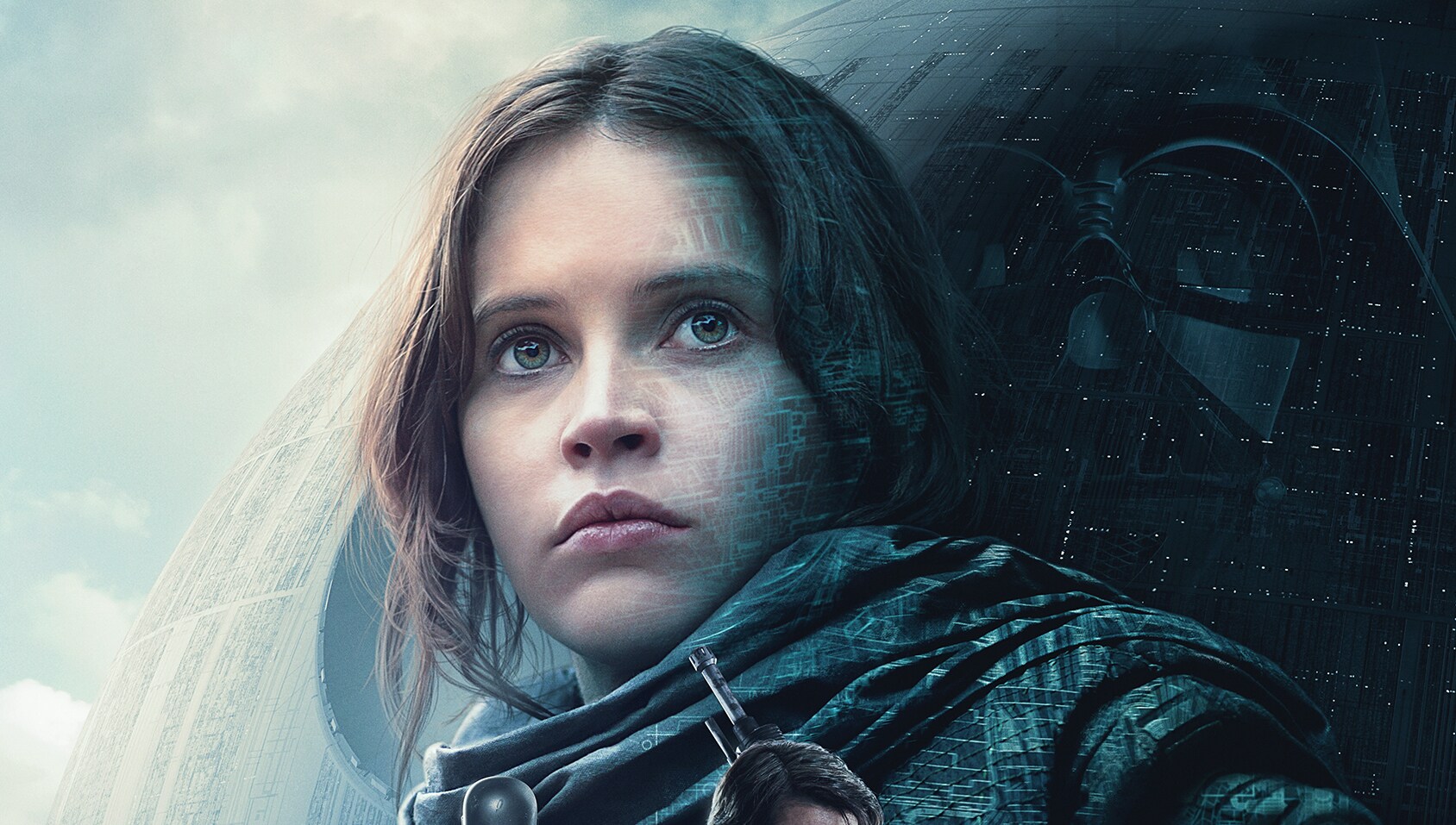
Rogue One: A Star Wars Story is a standalone movie in the Star Wars franchise, released in 2016. The film takes place just before the events of A New Hope and tells the story of a group of rebels who band together to steal the plans for the Death Star.
The film was directed by Gareth Edwards and written by Chris Weitz and Tony Gilroy. It features a cast of new characters, such as Jyn Erso, Cassian Andor, and K-2SO, as well as the return of classic characters such as Darth Vader and Princess Leia.
Edwards’ direction of Rogue One was noted for its emphasis on gritty realism and its ability to seamlessly blend practical and digital effects to create a believable world within the Star Wars universe. The film’s action sequences, such as the battle on the beaches of Scarif and the climactic space battle, were praised for their intensity and scale.
The new characters were also well-received, with Felicity Jones’ portrayal of Jyn Erso and Alan Tudyk’s portrayal of K-2SO being particular highlights.
Overall, Rogue One: A Star Wars Story successfully expanded the Star Wars universe beyond the main saga, with its emphasis on gritty realism and well-crafted characters and storylines paving the way for future standalone movies in the franchise.
Solo: A Star Wars Story
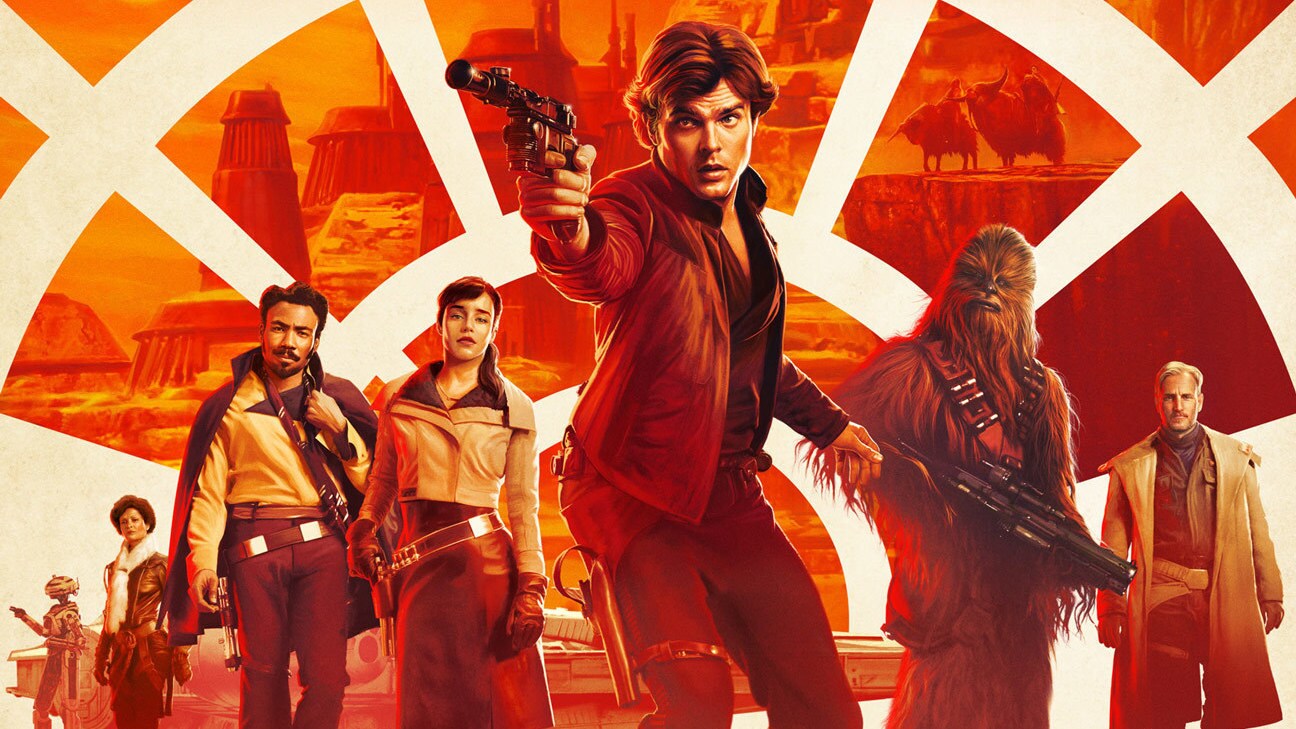
Solo: A Star Wars Story is another standalone movie in the Star Wars franchise, released in 2018. The film tells the origin story of iconic character Han Solo, exploring his early years as a smuggler and his fateful encounter with Chewbacca and Lando Calrissian.
The film was directed by Ron Howard, who took over from original directors Phil Lord and Christopher Miller mid-way through production. The screenplay was written by Lawrence Kasdan and his son, Jonathan Kasdan.
Howard’s direction of Solo was noted for its ability to capture the spirit of the original trilogy while also adding new elements to the Star Wars universe. The film features stunning visual effects, such as the train heist on the planet Vandor and the Kessel Run sequence, as well as practical creature design, such as the Wookiee character Chewbacca.
The new characters were also well-received, with Alden Ehrenreich’s portrayal of Han Solo and Donald Glover’s portrayal of Lando Calrissian being particular highlights. The movie also features the return of fan-favourite character Darth Maul in a surprise cameo.
However, Solo was a commercial disappointment, failing to meet box office expectations. Some critics also felt that the film lacked the emotional resonance and gravitas of the main saga.
Despite its mixed reception, Solo: A Star Wars Story provided a fun and exciting look into the origins of one of the most beloved characters in the Star Wars franchise, and expanded the mythology of the galaxy far, far away.

